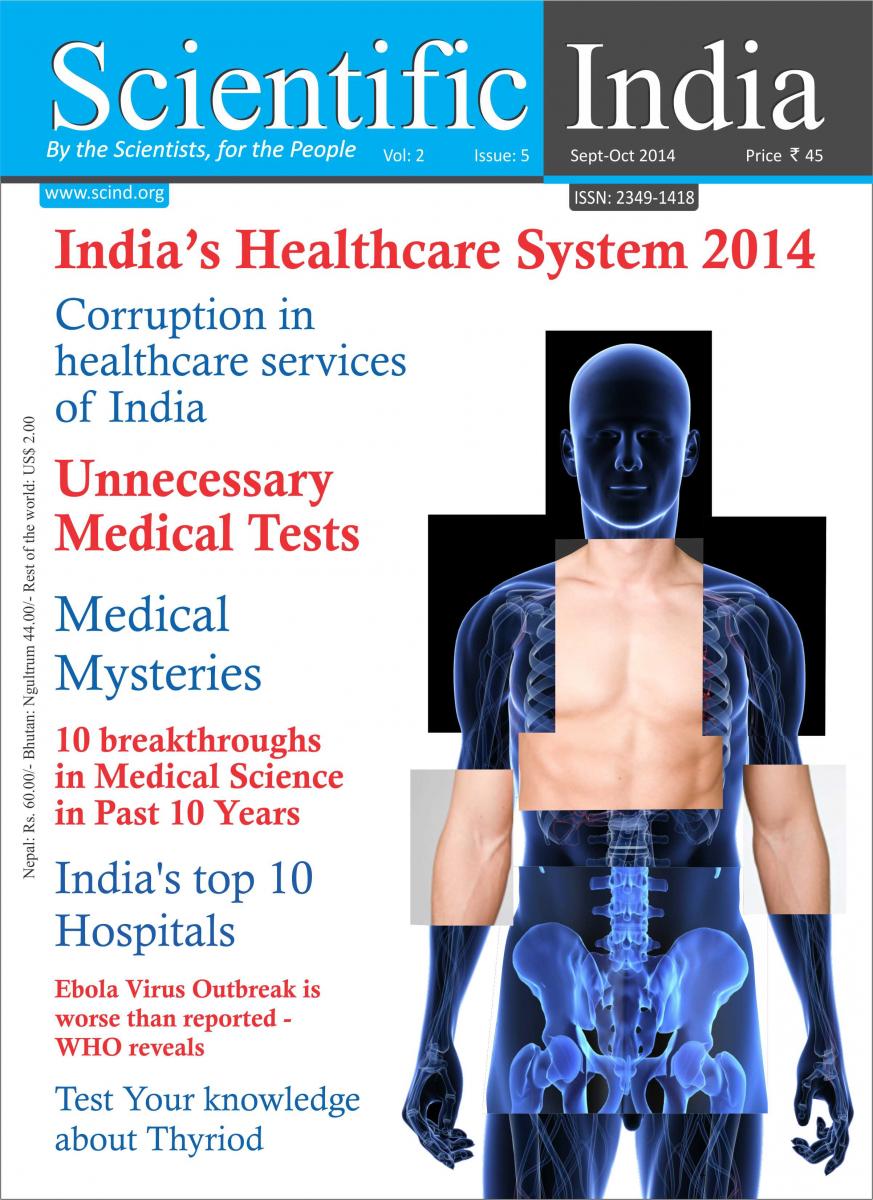Relative Bioavailability of a- and b-hexachlorocyclohexane in various soils from a Contaminated Site

Environmental Biotechnology Division, CSIR-Indian Institute of Toxicology Research,
Lucknow- 226001
Department of Biotechnology, Babasaheb Bhimrao Ambedkar University, Lucknow- 226025, India
Bioavailability of α- and β-isomers of a chlorinated insecticide hexachlorocyclohexane (HCH) in several field soils that were contaminated for different time periods was evaluated. Results revealed that the availability of α-HCH to the degradative microorganisms was 75-80% in all the soils, but considerable differences in the availability of β-HCH in different soils were observed. Thus, 80-90% β-HCH was available to ‘E.coli-LinB’ cells from a freshly spiked soil, and ~70, 60 and 45% from soils that were contaminated for short-, medium- and long-term, respectively. Similarly, their amounts extracted by 50 mM hydroxypropyl-β-cyclodextrin also showed the same trend. It suggests that the bioavailability of β-HCH decreases progressively with an increase in the age of contamination, but of α-HCH is not affected under the same conditions. Reasons behind this differential availability are discussed. Results are important for correct risk-assessment of these residues in the contaminated soils.
Keywords: Aging; Bioavailability; Contaminated-soils; Hexachlorocyclohexane; Risk-assessment
